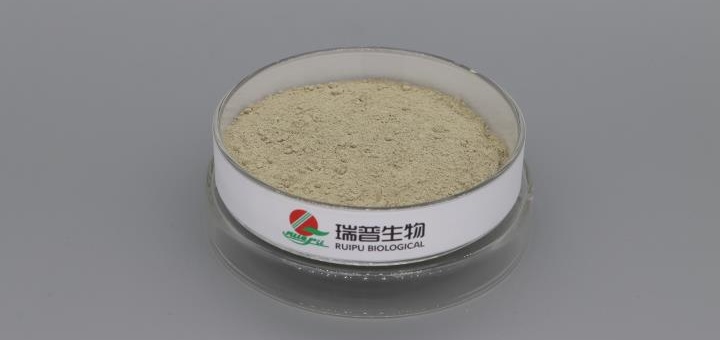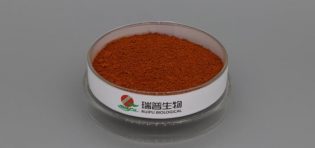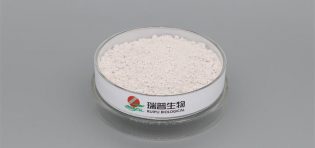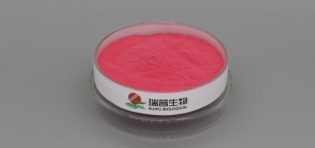
Ferrous gluconate has broad application prospects in feed additives, which are specifically reflected in the following aspects:
Supplementing iron elements and preventing anemia: Iron is an essential trace element for animals, participating in various physiological processes such as oxygen transport and energy metabolism. Young animals such as piglets and calves are prone to iron deficiency anemia due to insufficient iron intake or poor absorption, manifested as weakness, pale mucous membranes, and slow growth. Ferrous gluconate is an iron source with high bioavailability. Adding it to feed can effectively supplement iron elements, prevent and correct iron deficiency anemia, and promote the healthy growth of animals.
Improving growth performance: Sufficient iron levels help in hemoglobin synthesis, thereby ensuring the optimal transport of oxygen to tissues, improving animal metabolism and the utilization rate of nutrients, increasing growth rate and feed conversion efficiency, and enhancing the overall production performance of livestock.
Enhancing the quality of animal products: For some animals, such as poultry and fish, iron is important for pigmentation. An appropriate amount of iron in feed helps maintain the ideal color of animal skin, feathers, or scales, improving the appearance quality and commercial value of animal products.
Boosting immunity: Iron is involved in the synthesis and activation of various enzymes in animals, and these enzymes play important roles in the immune system. Therefore, ferrous gluconate can indirectly enhance the immune function of animals by maintaining an adequate supply of iron, improving their resistance to diseases, reducing the occurrence of diseases, and lowering breeding costs.
Serving as a multi-functional additive component: Ferrous gluconate can be used as one of the components to be mixed with other substances to produce multi-functional feed additives. For example, it can be mixed with taurine, organic acids, etc., to make additives with multiple effects such as acidifiers and iron supplements. These additives can not only regulate animal intestinal function and supplement iron but also may have effects similar to "taurine functional drinks", meeting various nutritional needs of animals and improving breeding efficiency.
Having environmental protection advantages: Compared with some traditional iron source additives (such as ferrous sulfate), ferrous gluconate has better stability in feed, is not easy to oxidize and deteriorate, reducing the risk of oxidation of other components in the feed. Moreover, it has a high absorption and utilization rate in animals, and relatively less iron is excreted in feces, causing less pollution to the environment, which is in line with the concept of green breeding.








